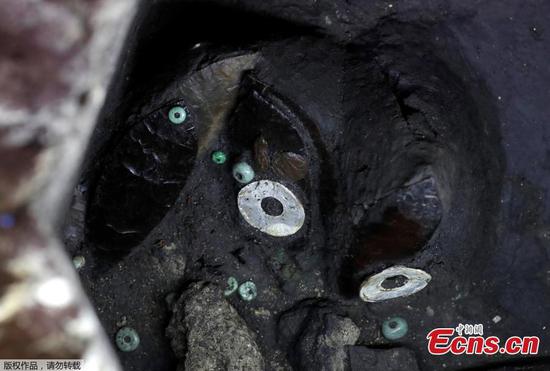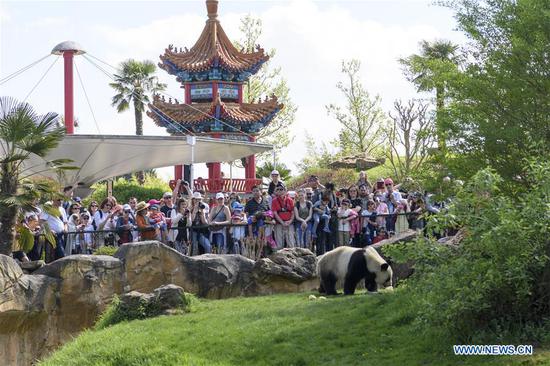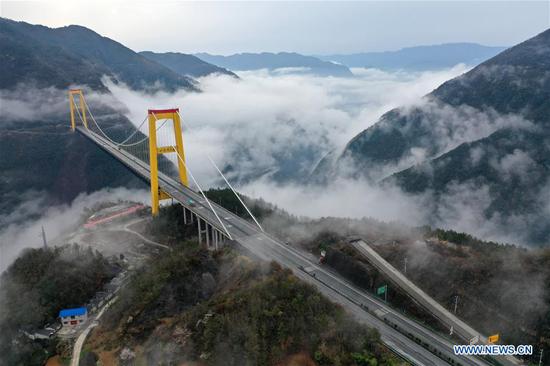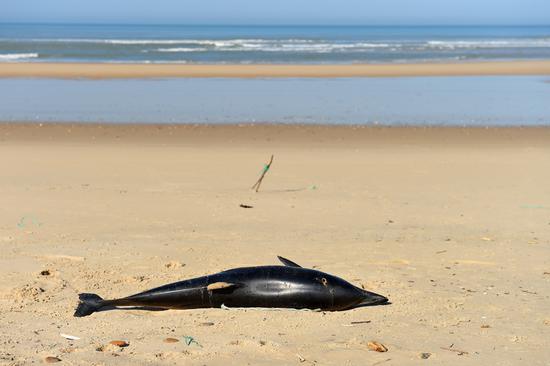An overhaul of hydroelectric projects is underway in a key nature reserve for giant salamanders in Zhangjiajie, Hunan Province, with 34 hydropower plants halted and 10 dams demolished in the past two years, local authorities said recently.
The large-scale removal is aimed at restoring and protecting the natural habitat of giant salamanders, the world's largest existing amphibian and a critically endangered species under national-level protection.
Most of the 88 hydroelectric facilities located in the National Giant Salamander Nature Reserve of Zhangjiajie will be dismantled, while a few plants of great significance in terms of flood control, irrigation and water supply will be retained.
"The plants that impact the natural breeding of giant salamanders and result in dried-up waterways are ordered to halt their operations immediately," Hu Shenghu, head of the city's water conservancy bureau, was quoted by Xinhua News Agency as saying.
He added that the remaining hydropower plants are required to make corrections to ensure that long-standing and sufficient volume of water flow won't be influenced by their existence.
Meanwhile, 29 sand-dredging projects in the nature reserve have been dismantled, with the same goal of restoring the natural flow of rivers and improving water quality, local authorities said, declining to be interviewed on Monday.
The reserve, established in 1995 and recognized by the State Council a year later, spans about 14,200 hectares and covers 745 rivers. It is home to about one-third of the country's wild-born giant salamander population, according to its website.
With the number of hydroelectric plants increasing in recent decades, suitable habitat for the salamanders has been slashed and broken up into disconnected patches.
Such barriers block river flow, damage numerous caves in which the rare creatures like to live and hinder their foraging for food at night, according to Jiang Jianping, a researcher at the Chinese Academy of Sciences' Chengdu Institute of Biology.
"By removing these hydropower facilities and restoring the ecosystem to its original state as much as possible, it's likely that giant salamanders will find it easier to breed and live," he said.
The closure of hydropower facilities in the area was initiated in 2017 as part of a nationwide move to pursue green development.


















































